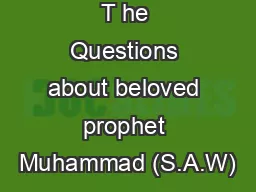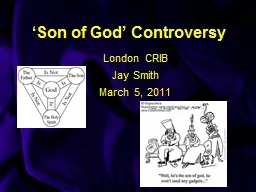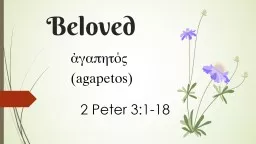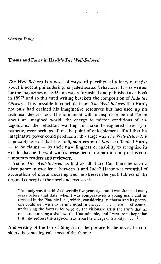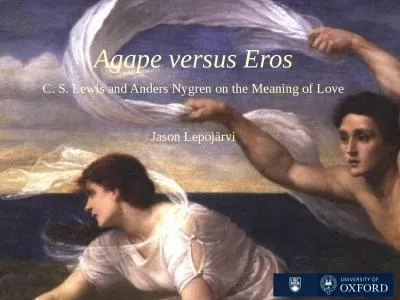PPT-Beloved
Author : olivia-moreira | Published Date : 2017-08-05
Toni Morrison Toni Morrison 11 novels 2 plays 1 libretto Lots of nonfiction articles and essays Pulitzer Prize for Fiction 1988 Nobel Prize for Literature 1993 Beloved
Presentation Embed Code
Download Presentation
Download Presentation The PPT/PDF document "Beloved" is the property of its rightful owner. Permission is granted to download and print the materials on this website for personal, non-commercial use only, and to display it on your personal computer provided you do not modify the materials and that you retain all copyright notices contained in the materials. By downloading content from our website, you accept the terms of this agreement.
Beloved: Transcript
Download Rules Of Document
"Beloved"The content belongs to its owner. You may download and print it for personal use, without modification, and keep all copyright notices. By downloading, you agree to these terms.
Related Documents





